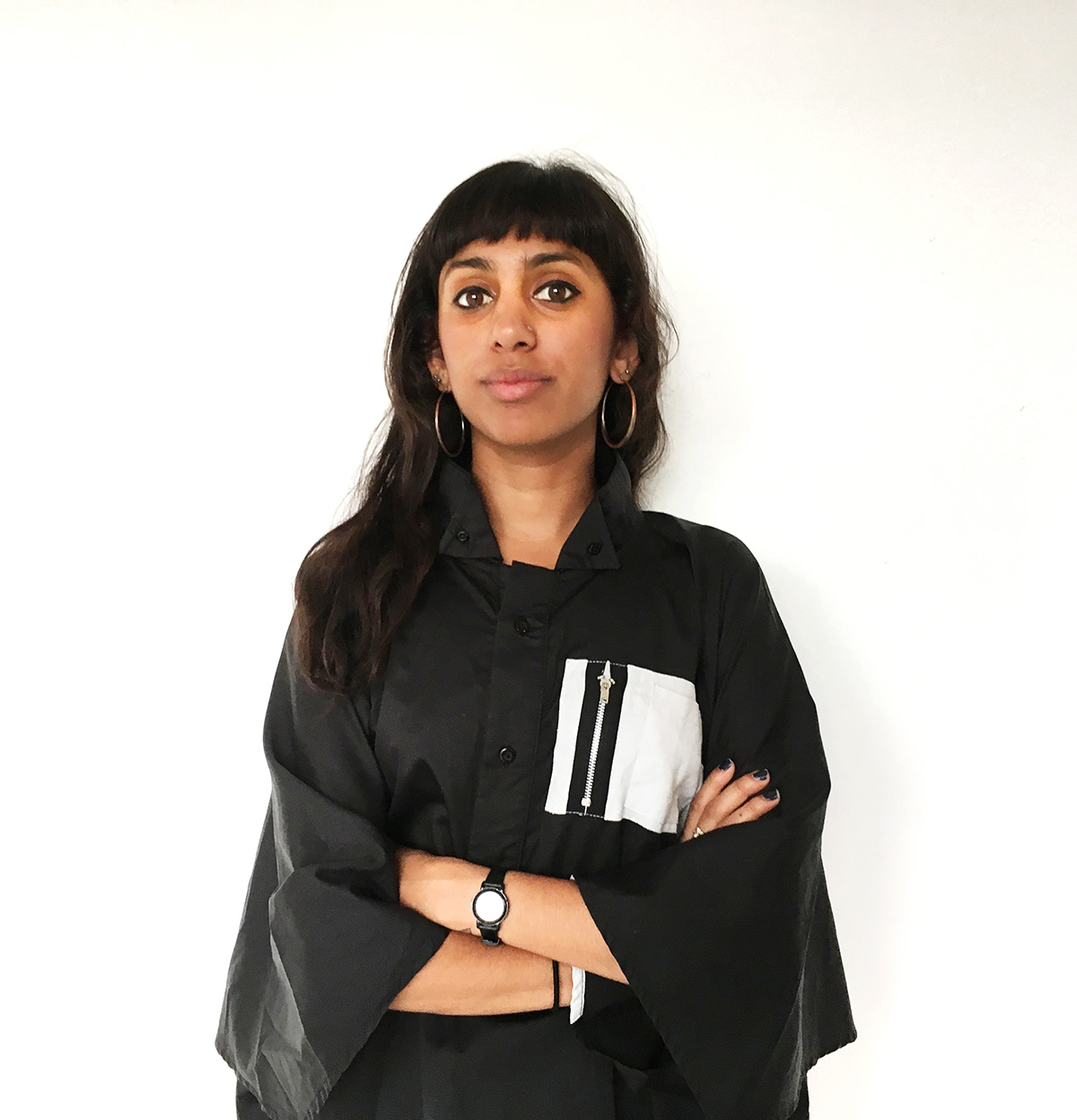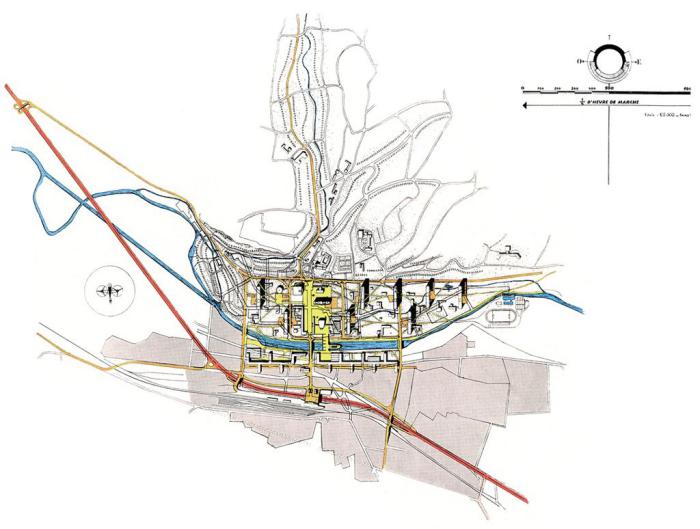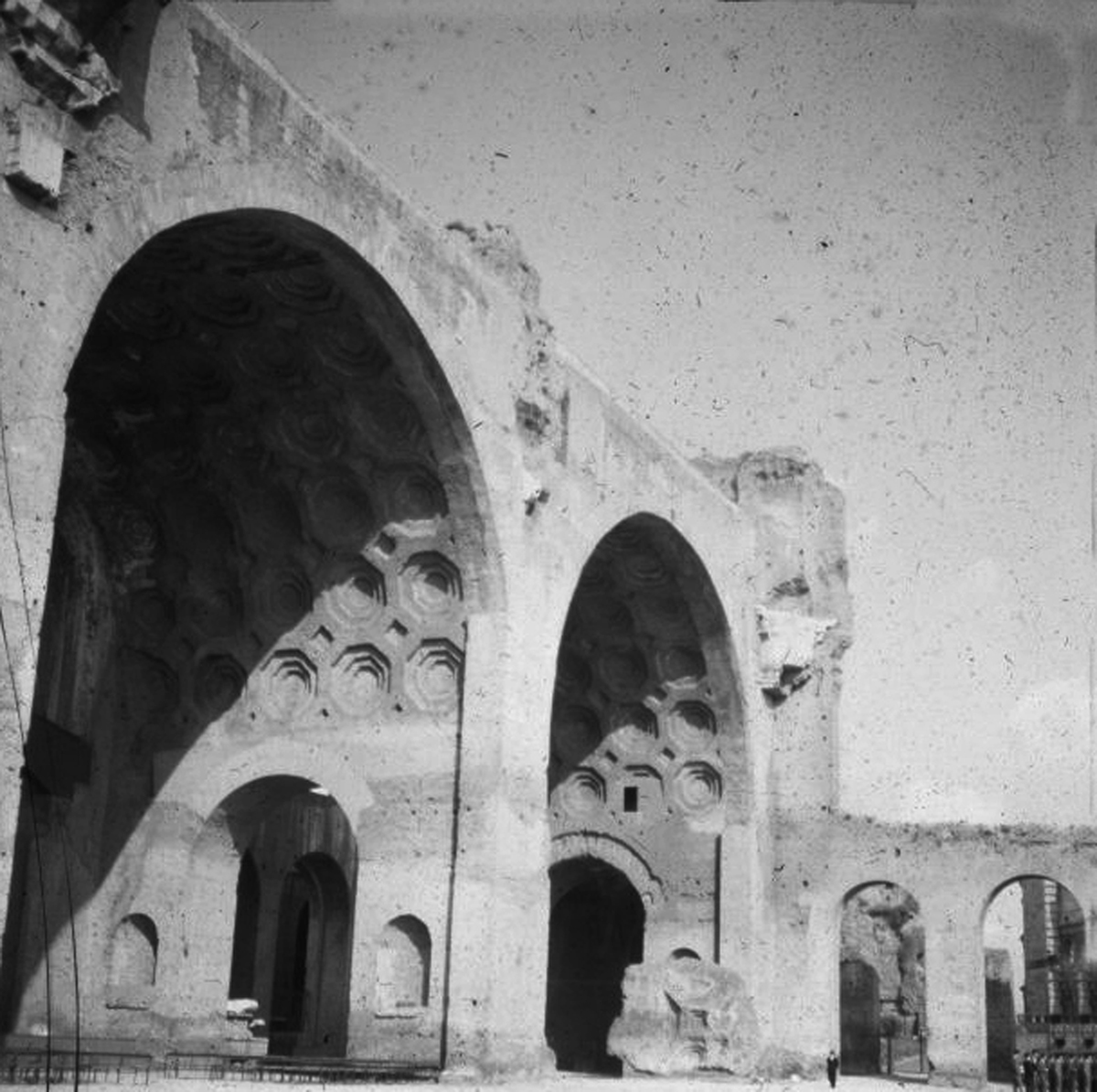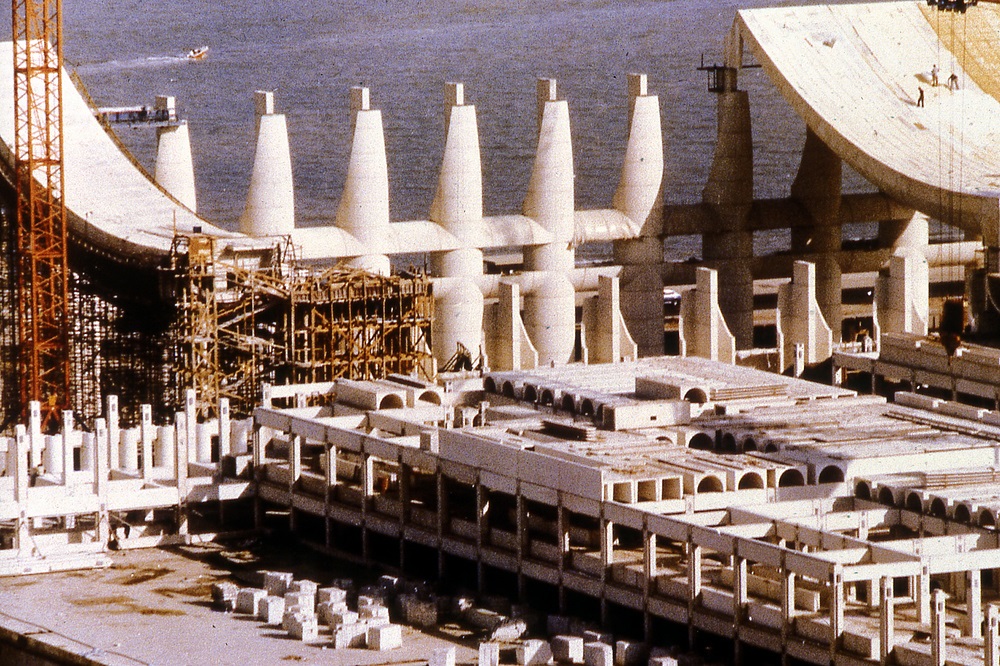Submitted by Berrin Chatzi Chousein
Exclusive Interview: Ayesha Saveri Ghosh on the Columbia GSAPP Visual Resource Collection
United States Architecture News - Sep 27, 2016 - 11:53 18024 views

Columbia GSAPP Visual Resource Collection Curator Ayesha Saveri Ghosh describes how the VRC online resource can transform itself into a creative digital tool for students and tells World Architecture Community that this visual collection should not only be seen as a simply-arranged digital library, ''the comprehensive set of images for each project will also hopefully help users to understand them on a deeper level'' as each image details are well-curated and embedded from its original source and ''this allows students to properly cite their sources as well as research further if necessary.''
Ayesha Saveri Ghosh is MArch student at Columbia GSAPP and curator the GSAPP Visual Resources Collection, which has recently been released to Columbia students in collaboration with Avery Library and Artstor. The Avery/GSAPP Architectural Plans and Sections Collection is a two-year project that ultimately makes 20,000 images of 20th century architectural projects available. The first phase of 10,000 images is now available online in the Artstor Digital Library.

Le Corbusier, Maison Cook, 1926. Image courtesy of VRC
The most important thing in the creation is that the VRC digital collection is an in-house project that has been developed by over 30 GSAPP students and the process itself become thrilling medium on learning as part of their educational life by curating each image or ''rewriting the rules for capturing high quality images.''
The VRC collection features the most significant historical references spanning from 1871 to 2013, focusing primarily on the 20th-century buildings. The VRC digital library contains over 2,000 projects from 60 countries, the majority of the collection is comprised of built works, but also includes studies and unbuilt works. This second phase of the collection notably includes 100 projects worked by the master architect Le Corbusier, 100 projects in South America, and over 125 in Japan. The concrete framework of this collaboration reveals a rich body of visual material and proposes scholarship as related to the content, available online for the first time.

The Avery/GSAPP Architectural Plans & Sections Collection. Image courtesy of Columbia GSAPP
The Avery Architectural & Fine Arts Library is one of the most comprehensive collections relating to architecture and the fine arts in the world. Avery collects a full range of primary and secondary sources for the advanced studies, containing more than 600,000 volumes, including 40,000 rare books, 2,300 serial titles, more than two million architectural drawings and records, and is the steward for the Columbia University art collection.
''The collection is built from images that were originally only available in physical form, either in slides or in books,'' Ghosh told World Architecture Community. ''By digitizing them and creating an online platform, the resource is collapsing the physical space between projects. It’s a first step, but we're hoping to continue to develop the usability of the website as a resource that incites curiosity.'' ''GSAPP students are experimental and constantly push to learn and do more,'' she added.

Le Corbusier, Philips Pavilion at World Expo1958, 1957. Image courtesy of VRC
Read an edited transcript from our interview with Ayesha Saveri Ghosh:
Berrin Chatzi Chousein: Why did you create this collection? What was your purpose for students?
Ayesha Saveri Ghosh: The digital collection is a work in progress that has been growing rapidly for the last few years. Originally, the Visual Resources Collection office was called the Slide Library, and it provided faculty and students with architectural images for classes or inspiration. The digital collection began as digitization of the expansive collection of both 35mm slides and lantern slides that are stored in the office. During the project to produce images for ArtStor in collaboration with Avery Library, the collection expanded to include content found in books within the Avery Library collection.
We intend the online resource to be used as a learning tool that will allow students to explore a wide range of projects and images that are not typically seen. The comprehensive set of images for each project will also hopefully help users to understand them on a deeper level. Students could use the website to find images related to their history courses, or to just browse.
Berrin Chatzi Chousein: What exactly does the collection contain? Only visuals of the projects or the complete project information?
Ayesha Saveri Ghosh: The collection includes plans, sections, drawings, diagrams, sketches and photos of a vast array of architectural projects. Each image includes information on the project, including architect, location and years of production, as well as any details included with the image from its original source. Providing this type of academic resources requires rigorous categorization of each image, including the meticulous notation of the original source. This allows students to properly cite their sources as well as research further if necessary.

Le Corbusier and Prouvé, Jean, Ecole Volantes, 1939-1940. Image courtesy of VRC
Berrin Chatzi Chousein: How did you develop this presentation format?
Ayesha Saveri Ghosh: The website was developed by one of the assistant curators, Carsten Rodin in collaboration with the other assistant curator James Brillon, who managed content creation. It is intended to show all the available metadata for each image, as well as a high-res image for download - essentially what we believed to be critical for use in an academic setting.
Berrin Chatzi Chousein: We know that over 30 GSAPP students created this visual database by being part of this online resource directly. How do 21st Century new digital tools foster architecture students or contribute to their academic and professional careers?
Ayesha Saveri Ghosh: It's well over 30 students, actually. The office has had a series of student curators each year, and a rotating staff. The collection is the culmination of the collective work of students at GSAPP over many years. Each year, the process of adding images to our collection was further refined.
The current system was developed by the curators Serena Li, Sabrina Barker and Sharon Leung. These curators rewrote not only the rules for capturing high quality images, but also perfected the robust software used to store metadata. The staff is well versed in programs such as photoshop and related visual software, which contributes to accuracy in work, and the creation of images of high quality.

Rem D. Koolhaas, Two Libraries for Jussieu University (first floor section and condensed section), 1992. Image courtesy of VRC
Berrin Chatzi Chousein: What kind of student do you think is drawn to Columbia GSAPP and thrives here?
Ayesha Saveri Ghosh: Similar to New York City, GSAPP attracts people with diverse interests and from all over the world. They are energetic, ambitious and work hard. Given the size of the school and range of classes it offers, GSAPP students are experimental and constantly push to learn and do more.
Berrin Chatzi Chousein: Why is this archive open to only Columbia students-Why didn’t you transform it in another medium that can be used by independent researchers from outside in a controllable way? I mean, did you open to only students to avoid the ambiguity between educational tool and marketing unit?
Ayesha Saveri Ghosh: The VRC online resource is available for students enrolled at Columbia and Barnard, as well as for staff and faculty. While sharing this resource with a broader academic community would be wonderful, each image has complicated copyright restrictions which limit how they can be shared. However, the 20,000 images that the VRC produced for Artstor are available via that platform.

Rome: Basilica of Constantine interior detail: Barrel vaulted aisles: Two eastern most bays seen at angle from west to east. Building erected ca. 306-313 A.D. (from the slide collection). Image courtesy of VRC
Berrin Chatzi Chousein: When will the ultimate collection be completed?
Ayesha Saveri Ghosh: Never, the collection will constantly grow - there are endless projects on a historic and even global scale, and the VRC will keep adding them.
Berrin Chatzi Chousein: We know that Columbia GSAPP is becoming a touchstone of architecture education in terms of creating new digital learning techniques, tools and databases by transforming them into a physicality or professional experiments as well - GSAPP Incubator is just one of them. Do you have a next digital/physical or intermediate project for students to adapt your program to the shifting trends in architecture profession?
Ayesha Saveri Ghosh: The VRC online resource is a perfect example of how GSAPP is pursuing creative digital tools. The collection is built from images that were originally only available in physical form, either in slides or in books. By digitizing them and creating an online platform, the resource is collapsing the physical space between projects. It’s a first step, but we're hoping to continue to develop the usability of the website as a resource that incites curiosity. As students do more and more of their work on computers, we hope that the website will become part of the workflow for studying history or looking for precedents.
Berrin Chatzi Chousein: As an architecture student in Columbia GSAPP, what would you offer to incoming students to improve their knowledge, curating skills, and digital engagements form as media culture?
Ayesha Saveri Ghosh: I would tell students to consume as much visual material they can. My experiences at the VRC exposed me to hundreds of projects and many drawing styles, enabling connections across decades and nations. I believe having this knowledge and exposure can contribute to exciting projects with new ideas that build on the creativity of past generations and keep the field of architecture moving forward. Students should curate their ideas through not only architectural images, but through art, experience and textures around them.

Utzon, Jorn, National Assembly of Kuwait, Kuwait City, Kuwait (from the slide collection). Image courtesy of VRC
Top image: Ayesha Saveri Ghosh, curator of the VRC
